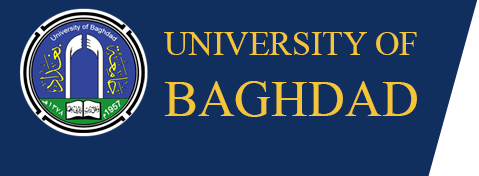Effects of Atorvastatin & Hydroxy Appetite on Osseointegration to Titanium Oxide Surface In Rabbits
Prepared by:
Ass. Prof. Dr. Nada M.H. AL-Ghaban, College of Dentistry-University of Baghdad
Dr. Asmaa Ali Hussain, College of Dentistry-University of Anbar
Abstract:
The dental implant is the perfect way to replace lost teeth. dentists realized during the years of the evolution of this science that the success and sustainability of implants for long periods of time in the oral environment may refuse the implant, requires biocompatibility between the material and the tissue of the jaws. The healing of the bone around the implant requires activating a series of events that generate bone and blood vessels and immune reactions similar to those that occur in the normal healing of the bone. Several types of cells and growth factors and cytokines interact with each other in the stages of integration and ossification in which the inflammation and growth of blood vessels happen and also formation of bones and finally modifying the shape of the bone. Bone generating cells stick on the surface of the implant from the first day of implantation . In addition, these cells deposition of protein material is collagen on the surface of the implant regulate cell adhesion and metal hook since the early stages of the process of patient’s response after several days of transplantation of these cells start depositing ground collagen. Number of researchers used biomaterials, organic and inorganic to coat the implant for the purpose of activating bone integration process. There are very few histological data about the effect of statins on bone integration topically on titanium implants. There is much debate about its effects in relation to other tissue.

